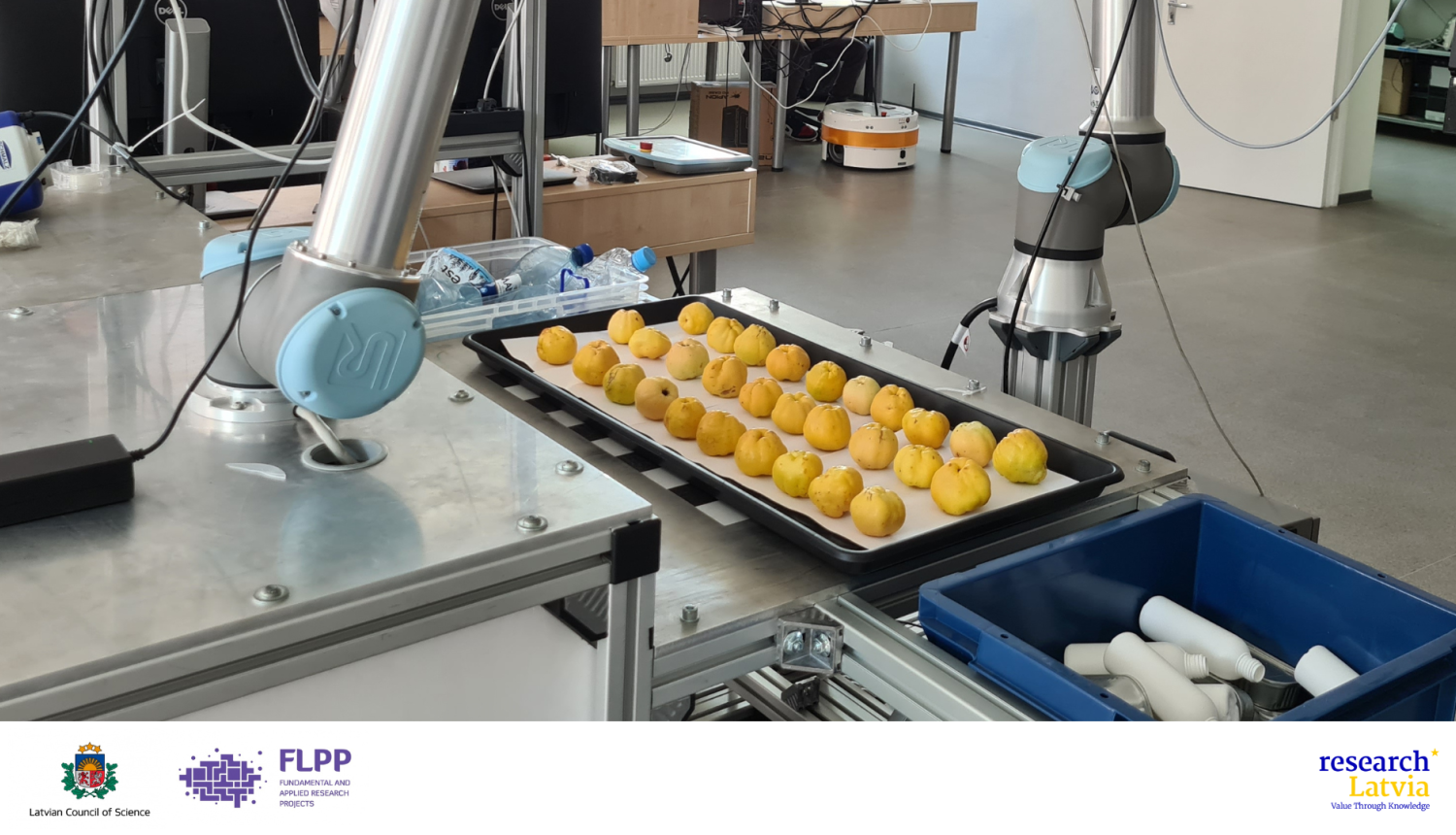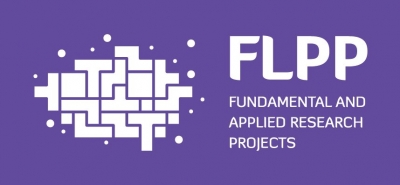Latvian Council of Science funded Fundamental and Applied Research program project "Smart non-contact phenotyping of raspberries and Japanese quinces using machine learning methods, hyperspectral and 3D images" was implemented by the Institute of Horticulture in collaboration with the Institute of Electronics and Computer Science. The project, led by senior researcher Sarmīte Strautiņa, stands out for its interdisciplinary approach, combining horticulture and artificial intelligence (AI) technologies. Sarmīte emphasizes that this approach significantly increases the efficiency and accuracy of breeding new plant cultivars while providing practical solutions for agriculture in the face of climate change—a highly relevant topic today.
Innovation That Helps Create New Plant cultivars
Until now, fruit crop evaluation in Latvia was conducted using traditional field assessment methods. Sarmīte Strautiņa explains: "Creating new plant cultivars requires extensive work - counting, weighing, and studying, all done manually. This demands significant time and human resources. Our main goal with this project was to make the breeding process more efficient." The project involved specialists from the Institute of Electronics and Computer Science to develop a solution that not only shortens work processes but also improves accuracy by eliminating human subjectivity and ensuring more objective data collection.
From Flower to Harvest
Phenotyping, or describing traits, is a complex and time-consuming process. Sarmīte notes that all stages of fruit development are evaluated, from flower buds to fully ripened fruit. “We described the plants at various developmental stages,” she says. To facilitate this process, typically done manually and visually, various technologies were used in collaboration with EDI specialists, including 3D point clouds and spectral images. Artūrs Ņikuļins, a programming engineer at EDI, explains: "Two tools were developed within the project. One is an AI-based tool capable of processing both photos and videos to recognize raspberry and Japanese quince fruits. The other tool processes 3D point clouds, allowing us to measure parameters as the fruits are displayed in a 3D environment."
The Role of Artificial Intelligence
Kaspars Sudars, a leading researcher at Institute of Electronics and Computer Science, points out that AI was trained to recognize plants and their fruits, distinguishing between ripe and unripe fruits. It evaluates parameters such as shape, color, surface texture, and others. This precision enables breeders to assess yields earlier. Breeders begin by photographing or filming fruits at different developmental stages. These images are then processed by the technology specialists. The program automatically extracts key parameters, such as fruit color intensity, indicating ripeness, or shape and surface texture for accurate classification. For example, red indicates ripe raspberries, while green denotes unripe ones. Edīte Kaufmane, a senior researcher at the Institute of Horticulture, adds: "One of the most important tools is the yield evaluation system. A breeder films the plants while walking along the rows, and the program recognizes flowers and fruits at various stages and counts them. To verify the program’s accuracy, the fruits were also counted manually, showing the tool’s evaluation accuracy at 85-93%, saving hours of manual work!"
Practical Applications for Fruit Growers
One primary practical application of such programs is yield prediction. The AI tool allows growers to assess potential yields in the early stages of fruit development, enabling planning when the fruits are still small, such as Japanese quince in late June. This is crucial for fruit growers as it helps plan harvests, storage capacity, and necessary resources. Such predictions are not only important for planning yield volumes but also for assessing losses. “Sometimes it seems visually that a natural disaster has completely ruined the crop, but with technology, we can precisely calculate how much of the yield remains,” notes Sarmīte. These predictions help fruit growers avoid losses and effectively plan how to market their harvests.
From Theory to Practice
Scientists acknowledge that initial collaboration between the two institutes was challenging. “At first, we had no experience with such technologies,” they reveal. "However, through continuous communication and testing, significant results were achieved. The tool becomes more accurate with proper use, and AI learns to minimize errors over time. We’ve also learned how to film better, allowing AI to recognize all necessary parameters more precisely."
Benefits for the Future
This project contributes not only to science but also to society. The new technologies will help professionals in the fruit-growing industry become more competitive by planning their work more efficiently. The project already has future plans. The developed tools are now being applied not only to raspberries and Japanese quince but are also planned for use with other fruit crops like plums, cherries, and blackcurrants. "Our colleagues already have new projects using similar solutions, and we eagerly await the results," Edīte adds. Given the potential of these technologies, these methods could significantly shorten the breeding cycle for new varieties, which traditionally takes up to 25 years. This is a crucial step in providing the industry with new varieties faster and more efficiently. Future plans include further improving yield prediction systems to make them even more precise, benefiting both breeders and commercial fruit growers.
This project exemplifies how experts from various fields can come together to create effective and practical solutions. This is a step forward—the results not only shorten the breeding process but also provide the industry with tools to adapt to future challenges. Through this project, Latvia establishes itself as a leader in fruit-growing innovation, combining science, technology, and practical experience into a unique initiative.
The project "Smart non-contact phenotyping of raspberries and Japanese quinces using machine learning methods, hyperspectral and 3D images" (lzp-2020/1-0353) is implemented under the Fundamental and Applied Research program, funded by the Latvian Council of Science.





